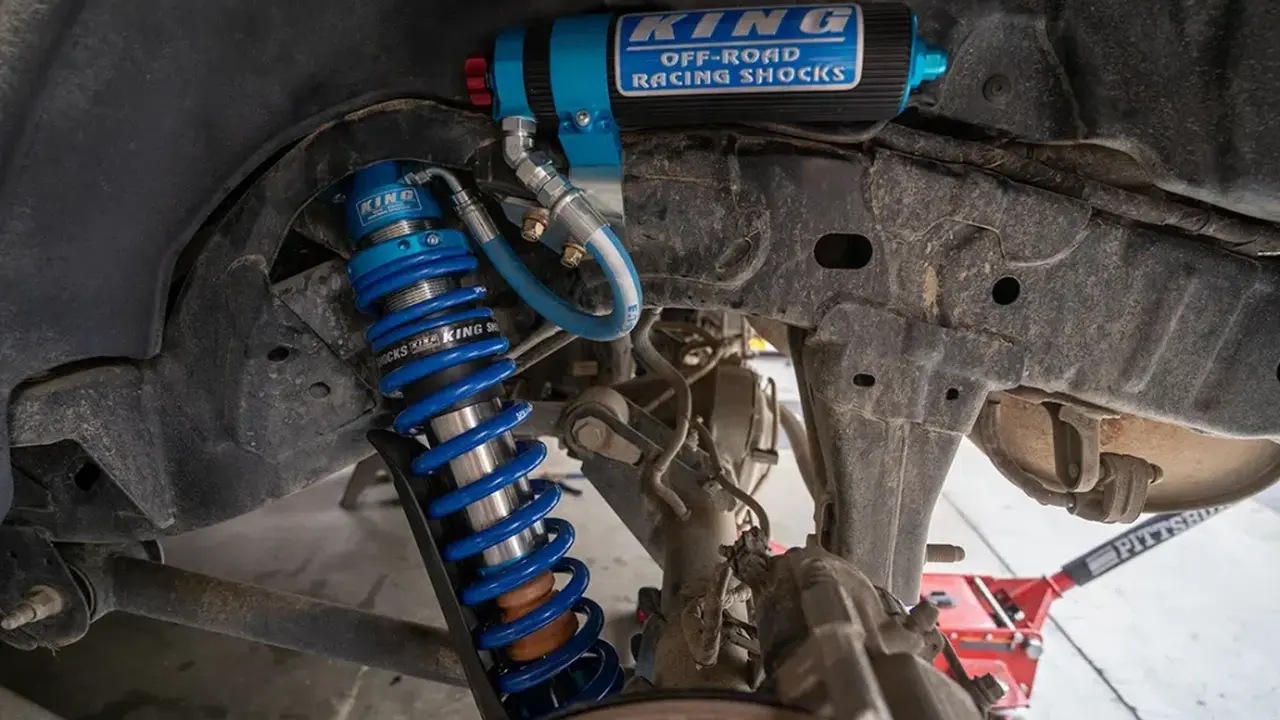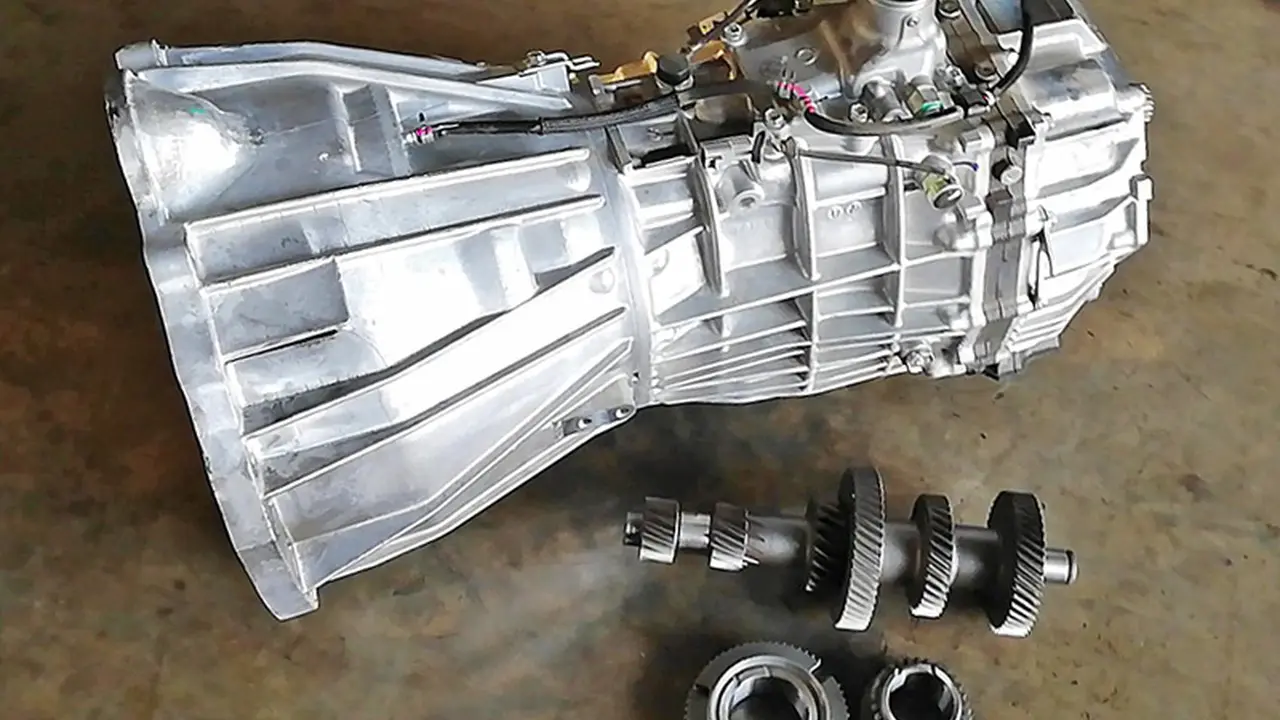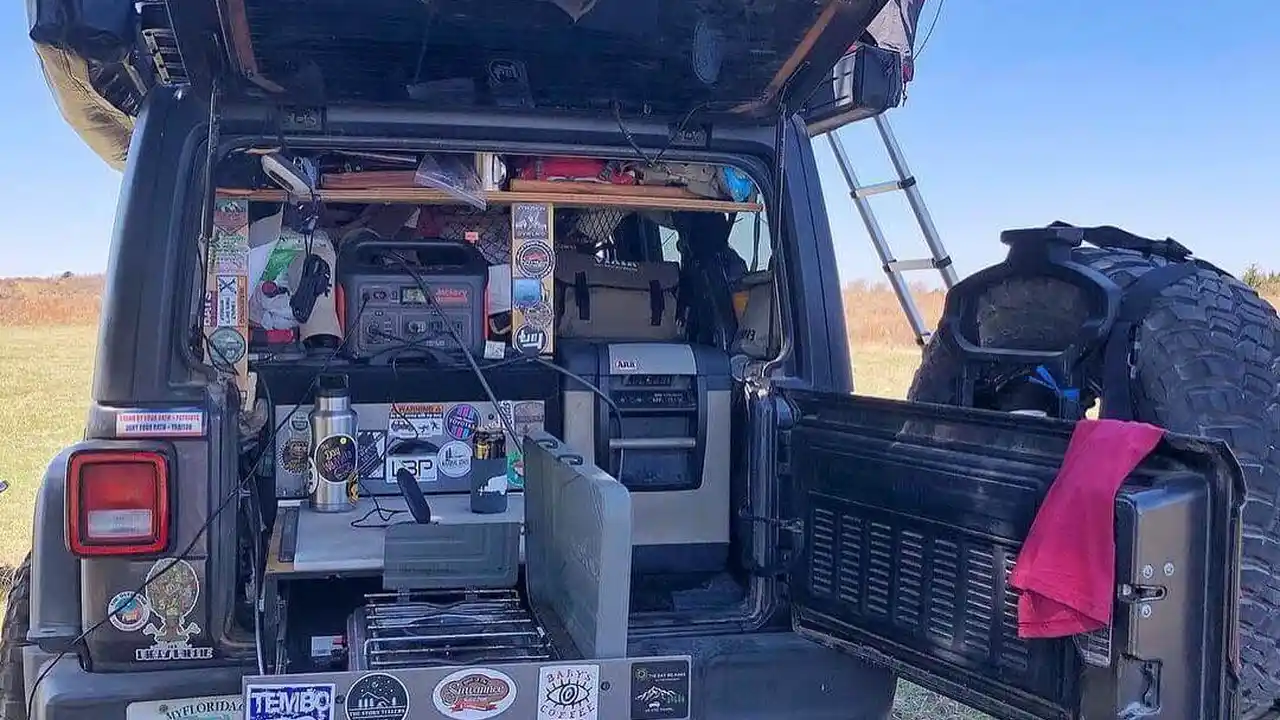Synthetic Winch Rope vs. Steel Cable: Which is Safer?

Using a winch safely is paramount for preventing accidents and injuries. Learn how to use a winch properly with our step-by-step guide. Enhance your knowledge of winching techniques and safety protocols. Customize your ride with confidence using our expert guidance.
Understanding Winch Safety Basics and Essential Gear
Alright, let's talk winches! These things are lifesavers when you're stuck axle-deep in mud or high-centered on a rock. But, and this is a BIG but, they can also be incredibly dangerous if you don't know what you're doing. Think of a winch as a powerful tool that demands respect. We're going to break down the basics of winch safety and the essential gear you'll need to stay safe and get the job done right.
First, let’s cover some fundamentals:
- Never exceed the winch's rated capacity. This is the golden rule. Your winch will have a maximum pulling capacity, usually measured in pounds. Check the winch's label or manual to find this number. Don't try to pull something heavier than what the winch is rated for. That’s a recipe for disaster.
- Inspect your winch and recovery gear regularly. Before every use, give your winch, rope (or cable), shackles, and straps a good once-over. Look for any signs of wear and tear, like frayed ropes, bent shackles, or damaged winch housings. If something looks suspect, replace it immediately.
- Wear gloves. Winch ropes and cables can be rough on your hands. Gloves will protect your skin from cuts and abrasions.
- Use a winch line damper. This is a heavy blanket or jacket that you drape over the winch line. If the line breaks, the damper will help absorb the energy and prevent the line from snapping back with deadly force. More on this later.
- Keep bystanders clear. Winching can be dangerous, so make sure everyone is at a safe distance. A good rule of thumb is to keep people at least 1.5 times the length of the winch line away from the vehicle and the winch.
Now, let's talk about the essential gear you'll need for safe winching:
- Winch: Obvious, right? But make sure you have a winch that's properly sized for your vehicle. A good rule of thumb is to choose a winch with a pulling capacity that's at least 1.5 times your vehicle's gross vehicle weight (GVW).
- Winch Line (Rope or Cable): You’ll need either a steel cable or a synthetic rope. Synthetic rope is generally safer because it's lighter, stronger (pound for pound), and doesn't store as much energy as steel cable. If it breaks, it won't snap back with as much force. However, synthetic rope is more susceptible to abrasion and UV damage. Steel cable is more durable but heavier and more dangerous if it breaks.
- Shackles (D-Rings): These are used to connect the winch line to your vehicle or to a recovery point. Make sure you use shackles that are rated for at least the same pulling capacity as your winch.
- Recovery Straps: These are used to extend your winch line or to connect to a recovery point that's further away. Use straps specifically designed for recovery, not tow straps. Recovery straps are designed to stretch, which helps absorb the shock of the pull.
- Tree Saver Strap: If you're winching off a tree, use a tree saver strap to protect the tree from damage. Wrap the strap around the tree and attach your shackle to the strap.
- Winch Line Damper: As mentioned earlier, this is a heavy blanket or jacket that you drape over the winch line to absorb energy in case of a break.
- Gloves: Protect your hands!
- A shovel: For clearing debris or digging out around your tires.
Step-by-Step Winching Guide and Proper Techniques
Okay, you've got your gear, and you're ready to winch. But before you start yanking, let's go through the proper steps to ensure a safe and successful recovery.
- Assess the Situation: Take a good look at why you're stuck. Are you buried in mud? High-centered on a rock? Knowing what you're up against will help you choose the best winching strategy.
- Find a Secure Anchor Point: This could be a tree, a rock, or another vehicle. Make sure the anchor point is strong enough to withstand the force of the pull. If you're using a tree, use a tree saver strap to protect the tree.
- Attach the Winch Line to the Anchor Point: Use a shackle to connect the winch line to the anchor point. Make sure the shackle is properly tightened.
- Drape the Winch Line Damper Over the Winch Line: Place the damper about halfway between the winch and the anchor point. This is crucial for safety!
- Clear the Area: Make sure everyone is at a safe distance.
- Start Winching Slowly and Steadily: Don't jerk the winch line. Apply steady pressure and let the winch do the work.
- Monitor the Winch Line and Anchor Point: Watch for any signs of stress or damage. If something doesn't look right, stop winching immediately.
- Use a Spotter: Have someone watch the vehicle and the winch line and give you instructions.
- If Possible, Use Steering Input and Throttle: While winching, gently steer the vehicle in the direction you want to go and apply a small amount of throttle. This can help the vehicle gain traction and make the winching process easier.
- Once You're Free, Disconnect the Winch Line and Pack Up Your Gear: Make sure to properly store your winch line and other recovery gear.
Choosing the Right Winch for Your Rig: Product Recommendations
So, you’re sold on the importance of a winch and recovery gear. Now, let's dive into some specific product recommendations to help you choose the right winch for your rig and budget. I’ll be showcasing a few popular options, highlighting their features, benefits, and price points.
Warn VR EVO 10-S
Use Case: This winch is a great all-around option for Jeeps, trucks, and SUVs. It’s reliable, durable, and offers excellent value for the price.
Features: 10,000 lb pulling capacity, synthetic rope, waterproof construction, and a powerful series-wound motor.
Pros: Trusted brand, durable construction, smooth operation.
Cons: Can be a bit pricey compared to some other options.
Price: Around $800-$900.
Smittybilt X2O COMP 10
Use Case: This winch is a popular choice for off-road enthusiasts on a budget. It offers a good balance of performance and affordability.
Features: 10,000 lb pulling capacity, synthetic rope, waterproof construction, and a powerful 6.6 HP motor.
Pros: Affordable, decent performance, and relatively easy to install.
Cons: Some users have reported issues with long-term durability.
Price: Around $500-$600.
ComeUp Seal Gen2 9.5rs
Use Case: This winch is a premium option for serious off-roaders who demand the best performance and reliability. It's known for its exceptional durability and smooth operation.
Features: 9,500 lb pulling capacity, synthetic rope, fully sealed construction, and a powerful series-wound motor.
Pros: Extremely durable, smooth operation, and excellent performance in harsh conditions.
Cons: One of the most expensive winches on the market.
Price: Around $1200-$1400.
Product Comparison Chart
| Winch Model | Pulling Capacity | Rope Type | Waterproof | Price (Approx.) |
|---|---|---|---|---|
| Warn VR EVO 10-S | 10,000 lbs | Synthetic | Yes | $800-$900 |
| Smittybilt X2O COMP 10 | 10,000 lbs | Synthetic | Yes | $500-$600 |
| ComeUp Seal Gen2 9.5rs | 9,500 lbs | Synthetic | Yes | $1200-$1400 |
Common Winching Mistakes to Avoid
Even with the best gear and intentions, it's easy to make mistakes while winching. Here are some common errors to avoid:
- Not using a winch line damper. This is a critical safety measure that can prevent serious injury or death.
- Exceeding the winch's rated capacity. This can damage the winch or cause the winch line to break.
- Using damaged or worn-out gear. Always inspect your gear before each use and replace anything that's damaged.
- Standing in the path of the winch line. If the line breaks, it can snap back with tremendous force.
- Not using a spotter. A spotter can help you see potential hazards and give you instructions.
- Jerking the winch line. Apply steady pressure and let the winch do the work.
- Wrapping the winch line around sharp objects. This can damage the winch line.
- Not paying attention to the angle of the pull. Avoid pulling at extreme angles, which can damage the winch or the vehicle.
Advanced Winching Techniques for Difficult Situations
Sometimes, a simple straight pull isn't enough to get you unstuck. Here are a few advanced winching techniques to try in challenging situations:
- Double-Lining: This technique involves using a snatch block to double the winch's pulling power. Attach the snatch block to the anchor point, run the winch line through the snatch block, and then attach the winch line back to your vehicle. This effectively doubles the pulling force but halves the pulling speed.
- Side-Winching: If you're stuck on a side slope, you may need to winch the vehicle sideways to get it back on level ground. Use a tree saver strap and a snatch block to create a side pull.
- Using Multiple Anchor Points: If you're struggling to find a single strong anchor point, you can use multiple anchor points to distribute the load. Connect multiple tree saver straps to different trees and then attach your winch line to the straps using a shackle.
- Digging Out: Sometimes, the best way to get unstuck is to dig out around your tires. Use a shovel to clear away mud, sand, or snow from around your tires to improve traction.
Maintaining Your Winch for Longevity
Taking care of your winch will ensure it's ready when you need it most. Here's how to keep your winch in top condition:
- Regularly inspect the winch line for damage. Replace the line if you find any fraying, cuts, or other signs of wear.
- Keep the winch clean and free of debris. Use a brush and some mild soap and water to clean the winch after each use.
- Lubricate the winch cable or rope regularly. Use a lubricant specifically designed for winch lines.
- Check the winch's electrical connections. Make sure the connections are clean and tight.
- Re-spool the winch line properly. Ensure the line is evenly spooled on the drum to prevent damage.
- Store your winch in a dry place. This will help prevent rust and corrosion.
:max_bytes(150000):strip_icc()/277019-baked-pork-chops-with-cream-of-mushroom-soup-DDMFS-beauty-4x3-BG-7505-5762b731cf30447d9cbbbbbf387beafa.jpg)






